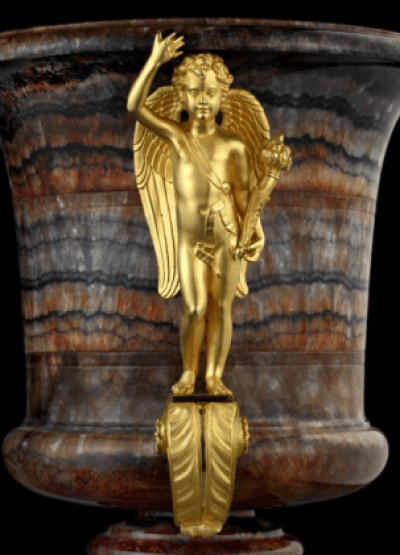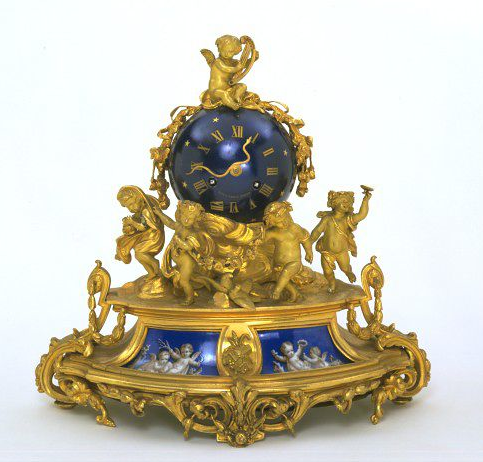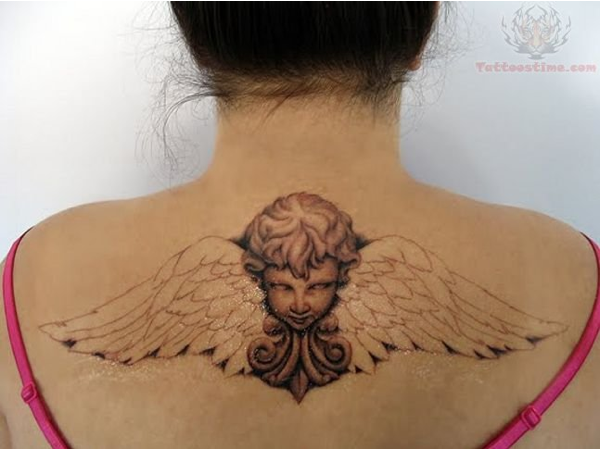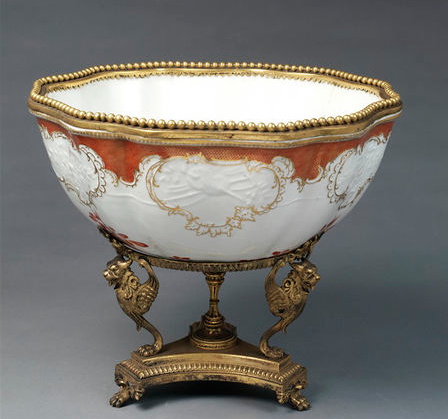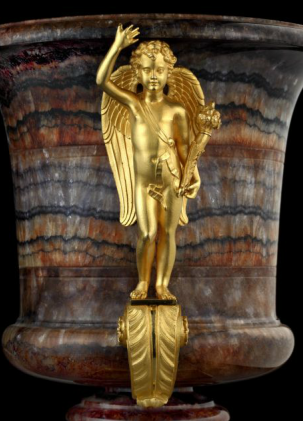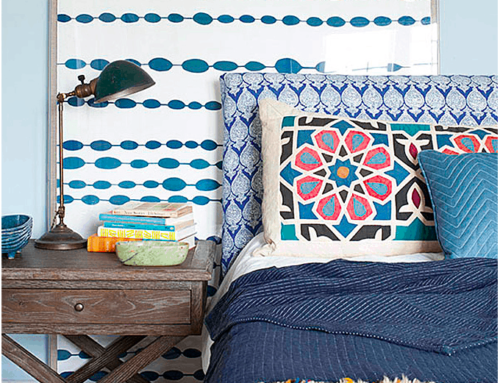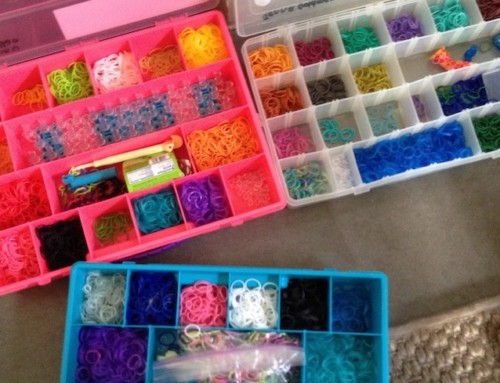Remember when Valentines Day looked like this
Yeah, me neither.
It’s funny how times change. What is complicated or artistically unfeasible today wasn’t even possible hundreds of years ago. And in the case of these creations, vice versa.
This magnificent clock, from the Victoria and Albert Museum, was made in Paris in 1855 by Levy Freres. The glimmering blue areas are made made of enamel and the golden figures and case supporting the enamel pieces are made in a technique known as ormolu. Few, if any, artisans specialize in this type of work today.
Popular in the 1700’s – 1800’s, ormolu is derived from the French term “dorure d’or moulu” meaning gilding with gold paste. First a model is carved in wood or wax and a mold is made. Then a molten mixture of metal (usually at least 50% copper) is blended and poured into the mold. The cast figure is then chased (details added to the face of the piece) and gilded. During the gilding process, powdered gold is mixed with mercury and the paste is burnished onto the cast form. The piece is then fired causing the mercury to evaporate (poisoning the artisan) and leaving the gold behind. The gold is then polished or matted to achieve the desired effect.
The revival of Rococo motifs in the mid to late 1800’s lent themselves particularly well to the artistry of ormolu. Even then, everything old was new again. Yet the artistry of ormolu is lost. Most such artisans didn’t survive past their 40’s due to the inhalation of the poisonous mercury. And we think tattoo artists are tough.


